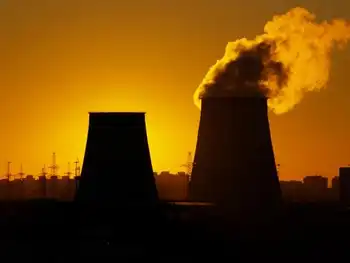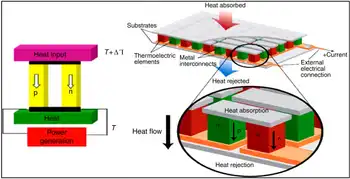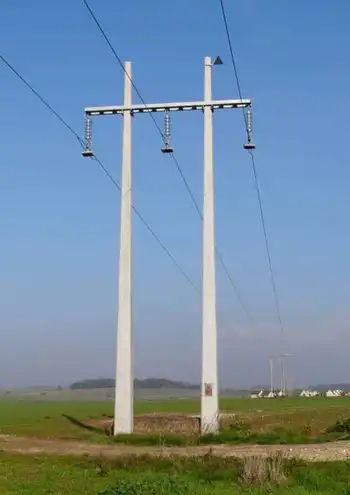Old-style coal plants expanding
- Utilities across the country are building dozens of old-style coal plants that will cement the industry's standing as the largest industrial source of climate-changing gases for years to come.
An Associated Press examination of U.S. Department of Energy records and information provided by utilities and trade groups shows that more than 30 traditional coal plants have been built since 2008 or are under construction.
The construction wave stretches from Arizona to Illinois and South Carolina to Washington, and comes despite growing public wariness over the high environmental and social costs of fossil fuels, demonstrated by tragic mine disasters in West Virginia, the Gulf oil spill and wars in the Middle East.
The expansion, the industry's largest in two decades, represents an acknowledgment that highly touted "clean coal" technology is still a long ways from becoming a reality and underscores a renewed confidence among utilities that proposals to regulate carbon emissions will fail. The Senate last month scrapped the leading bill to curb carbon emissions following opposition from Republicans and coal-state Democrats.
"Building a coal-fired power plant today is betting that we are not going to put a serious financial cost on emitting carbon dioxide," said Severin Borenstein, director of the Energy Institute at the University of California-Berkeley. "That may be true, but unless most of the scientists are way off the mark, that's pretty bad public policy."
Federal officials have long struggled to balance coal's hidden costs against its more conspicuous role in providing half the nation's electricity.
Hoping for a technological solution, the Obama administration devoted $3.4 billion in stimulus spending to foster "clean-coal" plants that can capture and store greenhouse gases. Yet new investments in traditional coal plants total at least 10 times that amount — more than $35 billion.
Utilities say they are clinging to coal because its abundance makes it cheaper than natural gas or nuclear power and more reliable than intermittent power sources such as wind and solar. Still, the price of coal plants is rising and consumers in some areas served by the new facilities will see their electricity bill rise by up to 30 percent.
Industry representatives say those increases would be even steeper if utilities switched to more expensive fuels or were forced to adopt emission-reduction measures.
Approval of the plants has come from state and federal agencies that do not factor in emissions of carbon dioxide, considered the leading culprit behind global warming. Scientists and environmentalists have tried to stop the coal rush with some success, turning back dozens of plants through lawsuits and other legal challenges.
As a result, current construction is far more modest than projected a few years ago when 151 new plants were forecast by federal regulators. But analysts say the projects that prevailed are more than enough to ensure coal's continued dominance in the power industry for years to come.
Sixteen large plants have fired up since 2008 and 16 more are under construction, according to records examined by the AP.
Combined, they will produce an estimated 17,900 megawatts of electricity, sufficient to power up to 15.6 million homes — roughly the number of homes in California and Arizona combined.
They also will generate about 125 million tons of greenhouse gases annually, according to emissions figures from utilities and the Center for Global Development. That's the equivalent of putting 22 million additional automobiles on the road.
The new plants do not capture carbon dioxide. That's despite the stimulus spending and an additional $687 million spent by the Department of Energy on clean coal programs.
DOE spokesman John Grasser acknowledged the new plants represent a missed chance to rein in carbon emissions. But he said more opportunities would arise as electricity consumption increases.
Experts say the widespread application of carbon-neutralizing technologies for coal plants remains at least 15 to 20 years away.
"This is not something that's going to happen tomorrow," Grasser said. "You have to do the required research and development and take steps along the way."
Producing clean coal power appears straightforward: Separate the carbon dioxide before it goes up the smokestack, then store it underground in geological formations.
Experimental trials have been successful but putting the concept into commercial practice has been stymied by high costs and the difficulty of isolating carbon dioxide from other gases.
"We are pushing the envelope as far as what's possible," said Jon LaCour, manager for the 115-megawatt Wygen III coal plant, which came online in northeastern Wyoming this spring. "We have no way of capturing carbon."
Inside the plant, a ton of coal per minute rumbles off conveyor belts from the nearby WyoDak mine.
Hulking steel pulverizers crush the fuel to the consistency of baby powder, fans blow it into a giant furnace and the coal goes up in flames that can top 1,700 degrees Fahrenheit, producing steam to generate electricity.
WyGen is more efficient than earlier plants, burning about 20 percent less coal. Yet the process itself has changed little since Thomas Edison built the first plant in 1882 in Manhattan.
And while dramatic advances have been made at the back end of coal plants — where Wygen's operator, Black Hills Power, removes most of the nitrogen oxides, sulfur dioxide and other acid-rain pollutants — efforts to curb greenhouse gases have lagged.
Black Hills spent $80 million on pollution controls for WyGen, bumping up its price tag to $247 million. Like most of the new fleet of plants, space was left at WyGen for the future installation of carbon-capture equipment.
As climate change emerged as a global dilemma in recent years, the coal industry at times appeared on the ropes.
Environmentalists trumpeted 100 plants dropped or delayed. Regulators imposed tighter emission limits for acid rain pollutants and reined in destructive mining practices. And the recession dampened consumer demand for power, prompting some utilities to scrap expansion plans.
But coal has not gone away.
"The reason coal burns in this country is not because anyone likes the smog. It's the cost," said Daniel Scott, a coal industry analyst with Dahlman Rose & Company in New York.
Related News

Opponent of Site C dam sharing concerns with northerners
VANCOUVER - One of the leading opponents of the Site C dam in northeastern B.C. is sharing her concerns with northerners this week.
Proponents of the Site C dam say it will be a cost-effective source of clean electricity that will be able to produce enough energy to power the equivalent of 450,000 homes per year in B.C. But a number of Indigenous groups and environmentalists are against the project.
Wendy Holm is an economist and agronomist who did an environmental assessment of the dam focusing on its potential impacts on agriculture.
On Tuesday she spoke at a town hall presentation in Fort…




